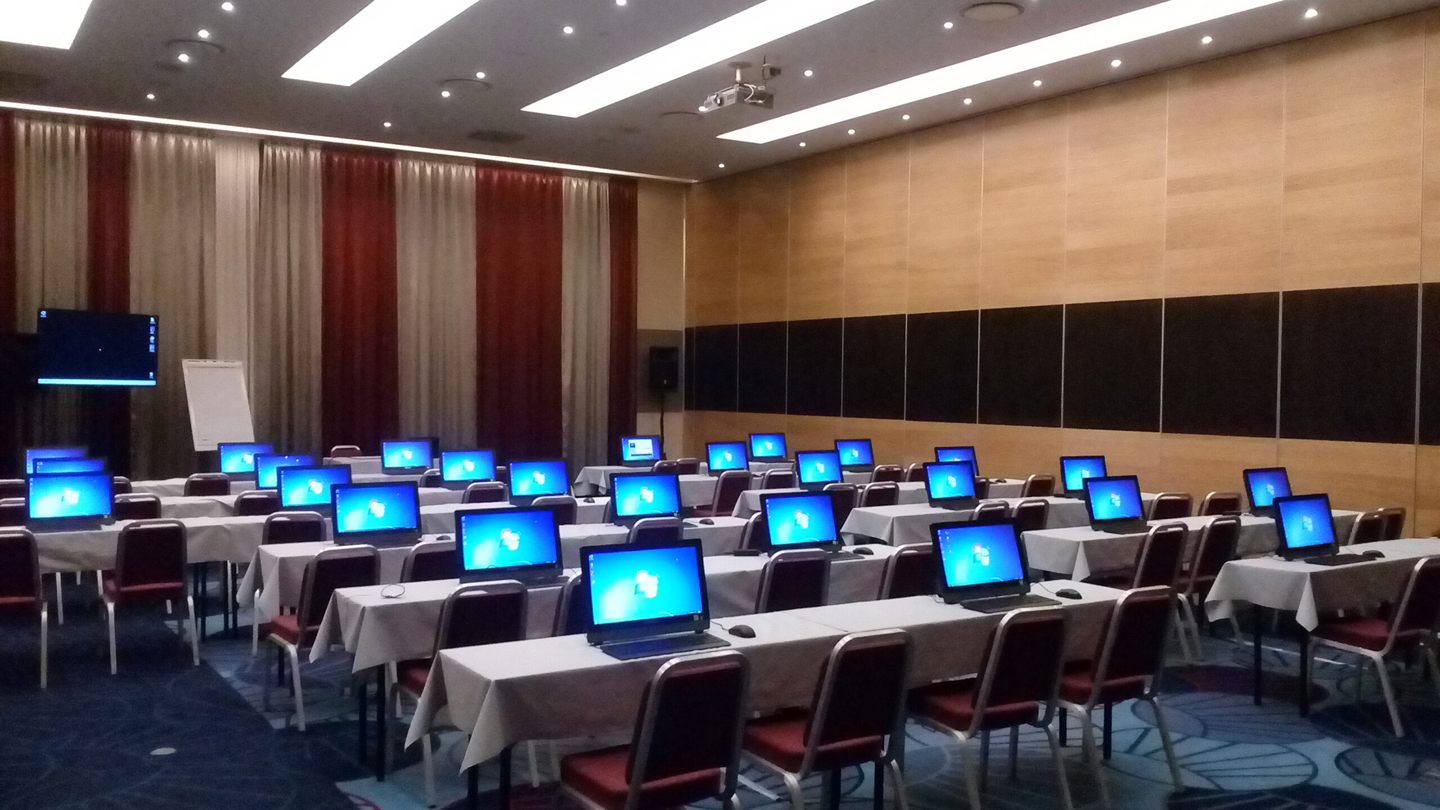
Choosing an LED screen: pixel pitch, resolution, contrast, brightness
If you need to hold an event using multimedia, all the necessary equipment, in particular LED screens with a pitch of 3 mm, can be rented.
To calculate the approximate rental cost, simply send a request in the simplest form, for example, “6×4 LED screen rental” and provide your contact information. Our specialists will contact you and offer the best rental conditions for various types of LED screens.
Surely, when choosing light and graphic equipment for an important event, you have come across the phrase “LED screen pixel pitch”. Companies offering you their LED products cited information as an argument that their “LED screen pitch” is smaller than that of competitors’ products for the same price. In order to speak the same language with suppliers, it makes sense to look into the issue in more detail.
How is an LED screen constructed?
An important concept in the description of the device of an LED display (and any other) is a pixel (pictures element). An indivisible element, the smallest unit of an image, a luminous point, a grain. Physically, it can be one or more diodes.
LED (Light Emitting Diode) technology, as applied to displays, uses 2 types of pixel configuration creation: DIP and SDA.
DIP is when each diode (bulb) is inserted into the board independently in its own case. In this case, a pixel is a set of several (at least 3) adjacent diodes of different colors. It is used mainly for structures used in outdoor advertising, since it has greater luminous intensity and protection from external influences. Disadvantages – the impossibility of miniaturization.
SDA is the most common configuration type at present, it provides more opportunities for creating displays. In it, a pixel is structurally one element, which consists of 3 LEDs placed in one case. A kind of three-color light bulb. These elements are placed on a board (of a certain size), a completely independent technological unit called a module. Several modules are combined (by a single case and power supply) into a cabinet (another name is a panel), which has a weight that is comfortable for transportation and installation, equipped with locks for docking with similar products.
Choosing a LED screen by characteristics
A LED screen of the proportions and size required by the customer is assembled from cabinets. Standard proportions are the historically established 4:3 and 16:9 (typical for computers and video).
Important characteristics of LED screens (as well as any other visualization devices) for comparing them with each other are:
- pixel pitch;
- resolution;
- brightness (luminosity);
- image contrast.
LED screen pixel pitch
One of the most important characteristics of the display (any) is the pixel pitch of the LED screen. It is designated by the Latin letter P and means the distance in millimeters from the center of one pixel to the center of the next. For example, the designation HD-AIS P2.5 means that we have an LED screen with a pixel pitch of 2.5 mm. The shorter the pixel pitch, the clearer the image the device will provide. Existing technological limitations (in terms of the size of the diodes) currently do not allow offering consumers devices with a P of less than 1 mm.
The following term, important in this area, is directly related to the characteristic of the pixel pitch of the LED screen: screen resolution.
Resolution of the LED screen
The screen resolution is considered to be the number of pixels that fit on it. For a computer monitor, for example, this is 800×600, 1024×768 or 1280 x1024. Accordingly, the smaller (shorter) the pixel pitch, and the width and height of the product, on the contrary, the higher the resolution of the LED screen (not to be confused with graphic resolution/density).






